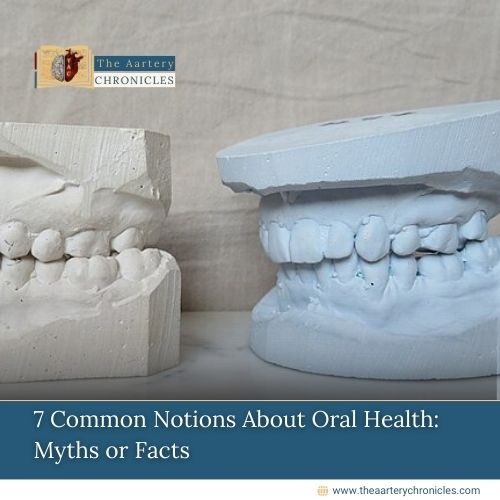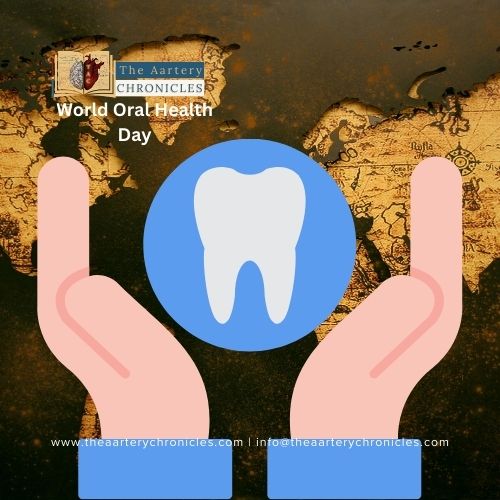Orthodontist Cautions Against Claims of Viral Whitening Strips
Reading Time: 4 minutesDr. Sable responds to claims that these strips can rebuild teeth and eliminate cavities due to their nano-hydroxyapatite content.
Orthodontist Cautions Against Claims of Viral Whitening Strips Read More »
Dentistry, Medicine and Diseases





